Much fuss is made by hikers about the demands placed on their feet, while canoeists tend to focus more on their boats. But before canoeists paddle, we walk, often carrying heavy and challenging loads. Canoe trippers are in and out of the water, traipsing through mud and swamp, over rocks and the tooth-sharp spears of beaver dams. There’s no greater test of footwear than a canoe trip, yet many of us treat footwear as an afterthought. We cavalierly don a pair of cheap sandals or castoff sneakers and then complain we have no good options for our feet.
I’ve paddled and portaged in just about everything from rash-inducing sandals to clammy drysuit booties and often returned home with fantasies of designing the perfect tripping shoes—something like a mukluk with a space-age waterproof-breathable shell and a supple high-friction sole.
Informed by a century of outdoor literature and the opinions of more experienced paddlers, I’m now sure the optimal canoe trip footwear is not found in a single pair of togs or anything newfangled or futuristic, but in a blend of good judgment and the right mix of already-available options.
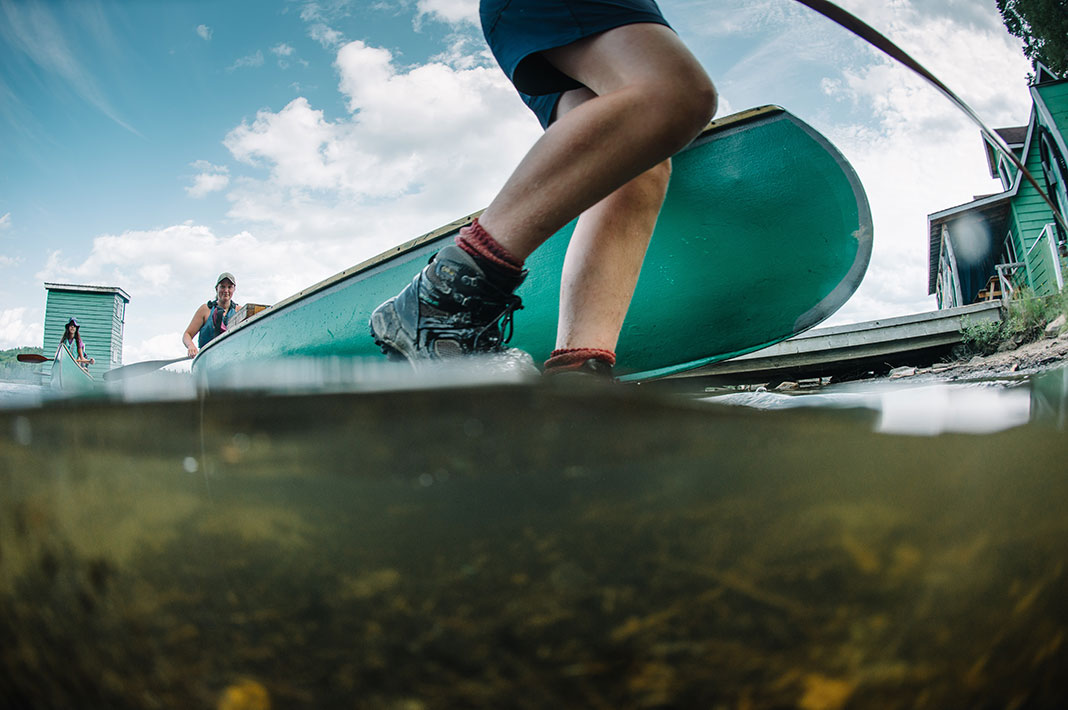
First considerations
Your style
What sort of tripper are you? Fastidious and careful or full-steam-ahead and damn the consequences? The latter is the faster way to travel but always equals wet feet. A prima donna attitude can keep your feet dry under many circumstances, to the detriment of your canoe’s finish and the sanity of your companions. It’s also potentially dangerous—paddlers trying to keep their toes dry are more likely to wipe-out at landings and on the trail.
Your body
Recommendations for popular canoeing footwear usually come with some version of the late Bill Mason’s caveat about moccasins: “It’s true there is no ankle support, but I’ve worn them for years, and I have never twisted my ankle.” Your mileage may vary.
Your canoe
Paddlers willing to ram their boat full speed into shore can likely keep their feet dry most of the time—until it rains or they have to portage through a bog. Paddlers of composite or wood canoes tend to be pickier about footwear because their feet absorb the wear and tear as they leap into deeper water to protect their hulls. It’s all about priorities.
Waterproofness
This unicorn-like feature comes with a tradeoff. Like rain gear, that which keeps water out also keeps it in. For summer weather, most people opt for something quick-dry over waterproof.
Temperature
Weather changes everything. Sandals and water shoes are popular, but they emphasize drainage and quick-drying, making them limited mostly to summer tripping. The colder the temperature, the warmer and more waterproof your footwear must be.
Traction
All canoe trippers prize the ability to grip slick rocks. High-traction rubber with a tread is essential.
Terrain
On a trip without portages or in a well-traveled area with easy trails, you can get away with almost anything. The more rugged the trip, the sturdier the footwear required.
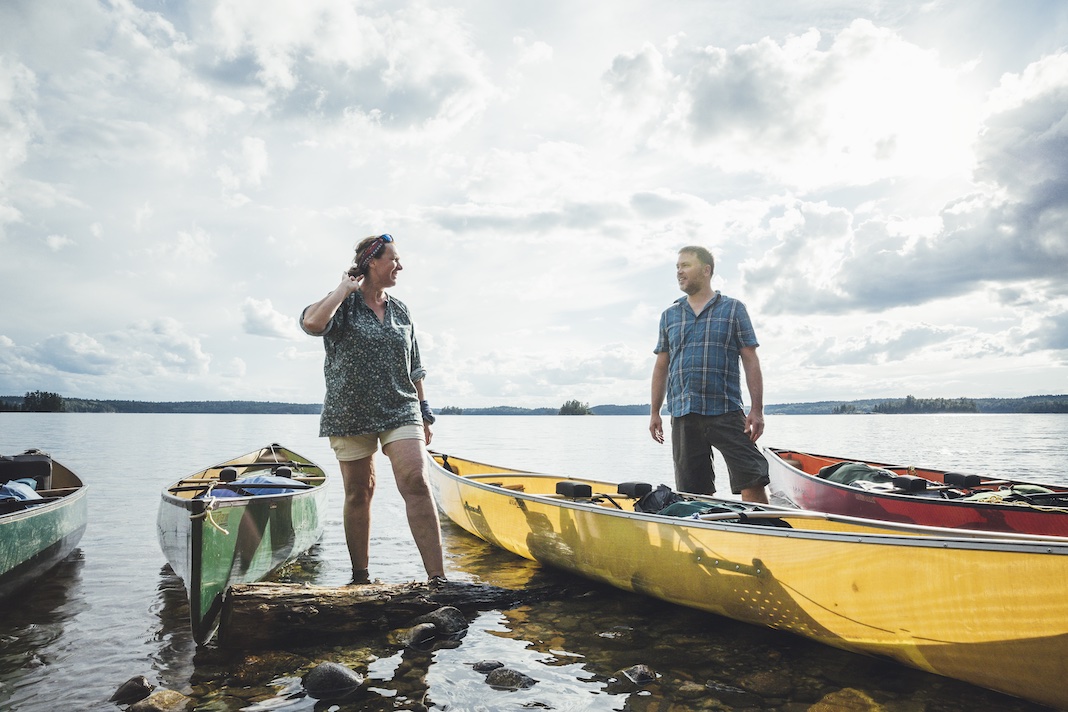
The options
Sandals
The ultimate in quick-drying footwear are watersports sandals. For years I stubbornly wore nothing else, bearing the pain of the odd stick between my toes in exchange for the freewheeling pleasure of picking my way gingerly along the gnarliest portages carrying 100 pounds like an Andean porter in glorified huaraches. I got away with it because I was on easy routes.
The most reliable sandals are the simplest, with the least padding to soak up water and plastic buckles instead of Velcro. However, with the wisdom of age, I’ve given up on sandals as primary footwear. Constant wetting and drying are harder on my skin, causing cracks and rashes.
My friend Conor Mihell, who specializes in multi-week expeditions on northern Quebec’s Ungava Peninsula, agrees. “I won’t do sandals anymore because I don’t like my toes sticking out.” He reserves sandals only for backup. “The theory is that if I were to lose a shoe, I could wear them.” Crocs are like camp slippers—useful as a pair of nearly weightless camp shoes but hardly a stand-in for portaging.
Moccasins
I have never canoe tripped with moccasins or met anyone who does, but they have an illustrious history of proponents. In Camping and Woodcraft, first published in 1917 (my copy is from its 27th printing in 1971), outdoor writer Horace Kephart waxes for two pages about this “most rational of all” foot coverings.
Seventy years later, legendary canoeist Bill Mason wrote in Song of the Paddle that a pair of smoke-tanned moosehide moccasins, paired with a removable rubber covering (see overshoes) is “the only kind of footwear that has kept my feet dry, warm and comfortable in all weather and canoeing conditions, excluding upsets or having to jump overboard when landing.”
On Etsy, I found a pair looking exactly like the moosehide moccasin wraps in Mason’s book. Tempting for the campsite, but I can’t imagine rugged portaging in them.
Overshoes
Curiously, Mason argued for the benefits of rubber overshoes, what he calls “moccasin rubbers,” which appear by all evidence to be the exact rubber galoshes my father used to pull over his dress shoes before going to work in the wintertime back in the 1970s.
For truly wet weather, Mason said he carried a pair of mid-high rubber overshoes to slip over his moccasins. Despite Mason’s popularity, I’ve never seen anyone adopt this look. I can’t imagine how these would ever survive a muddy portage, nor am I keen on rocking my dad’s style.
Instead, I ordered myself a pair of outdoorsy looking Neos Villager Mid Overshoes. For about $100, they look promisingly like the high-tech mukluks of my dreams while fulfilling the basic function of Mason’s “rubbers,” transforming my Etsy moccasins or whatever other footwear I bring along into a pair of comfortable, waterproof boots, useful at least for rainy days around the campsite. I’m wearing them as I write this. My 11-year-old daughter took one look and said, “Those are so stupid!” But I may have the last laugh on our next rainy canoe trip.
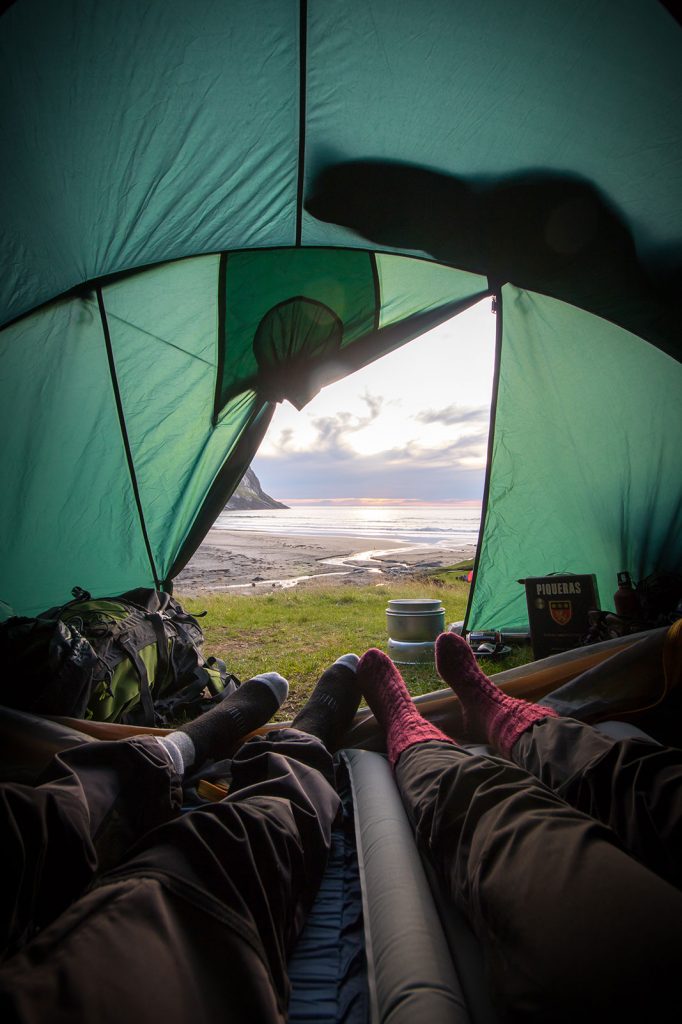
Socks
For a while, my answer to dry feet was not the overshoe but Gore-Tex socks, paired with any of my other footwear and dry wool socks to keep my feet toasty. However, when stuffed in a wet shoe for many hours, Gore-Tex is no drier or more breathable than rubber boots, even without the pinhole leaks that inevitably crop up over time.
Neoprene socks are far cheaper and warmer but do take a long time to dry out.
Wool socks are the standard and warm either dry or wet. They’re comfortable, provide padding, resist odor, conceal dirt and are reasonably fast drying. Bring multiple pairs and never look back.
Rubber boots
Too bulky to carry for the times they’re useful. “Once, I took rubber boots on a six-week trip,” says Tim Bankerd, a Maine-based canoeist who trips nearly 100 days a year. “They only have one purpose, and that’s in the water. Anytime out of the water, they’re miserably hot and not effective for portaging.”
Neoprene booties
Neoprene river boots are popular among sea kayakers and whitewater paddlers, good for shorter aggressive pursuits in icy water. Some trippers find them impractical for longer trips because they take a long time to dry out and most lack ankle support. I’ve also tried various high-top neoprene boots claiming to be waterproof. These are appealing in theory but share the disadvantages of rubber boots, above.
L.L. Bean Boots
I aspire to be the kind of person who has dryish feet always, like veteran tripper Bankerd, who could have an honorary doctorate in the L.L. Bean Boot. This traditional Maine hunting boot with a rubber bottom and sealed leather upper is the footwear choice of many venerable summer camps and canoe tripping traditionalists, author Hap Wilson among them.
The argument is these offer ankle support and are waterproof if you look after them (and don’t step into water deeper than the cuff), plus they’re unlined so they can dry quickly. Bankerd’s tips include: Order one to one-and-a-half sizes down, get spare insoles to swap out if you get a soaker, find a cobbler to reinforce the stitching if you can, treat them fastidiously with Sno-Seal, replace the laces with Kevlar ones, and send them back for free replacement if they wear out. And since they became trendy on college campuses, you can sometimes get good money for your old ones on eBay.
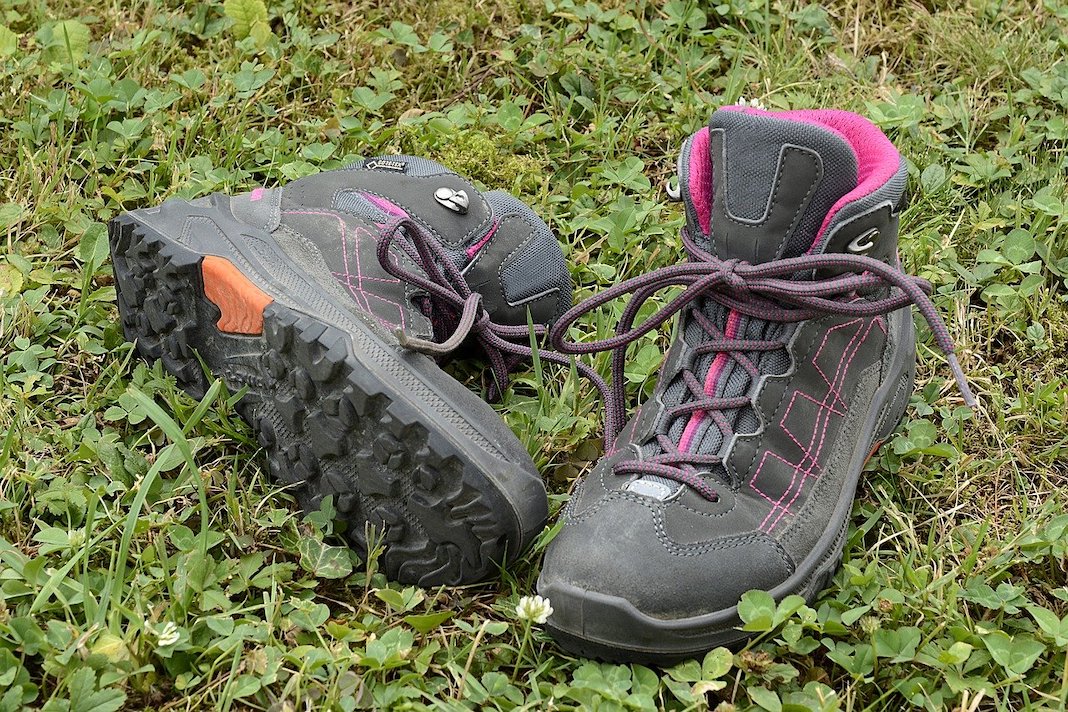
Runners and hikers
A good compromise for those who can’t be bothered to try to keep their feet dry is to find a sturdy, dependable, comfortable shoe that’s not too heavy and accept it’s going to get soaking wet. Pair with something dry to change into in camp.
In the past, I would wear light hikers, which were just glorified running shoes, comfortable for portaging, but, like many running shoes, had a nasty tendency to come unglued after being wet for days on end. Lately, I’ve switched to wearing my old trail runners. They’re reasonably lightweight and quick-drying but have a stiffer sole, bigger tread and protect the feet better than regular sneakers thanks to plastic-reinforced arches and toe caps.
Water shoes
Specialized sneakers designed to be worn in and around water emphasize durability when wet, drainage, dry time and traction. Mihell is such a fan of the now-discontinued Five Ten Water Tennie that he has secured a multi-year supply: two that he rotates between trips and two brand new pairs on reserve. When his supply runs out, he says he’d go with something like the Astral Rassler.
“The other option I would look into is a pair of approach shoes from a climbing shoe company—something with really sticky rubber.”
Dry pants
A drysuit or waterproof wading pants with built-in socks are an excellent solution to keep feet dry and warm for cool weather. “That’s what I used in Hudson Bay and for dragging upriver on the Ungava Plateau,” says Mihell, referring to a recent 53-day trip with Kokatat Gore-Tex paddling pants. You can wear your socks inside and your regular tripping shoes over top.
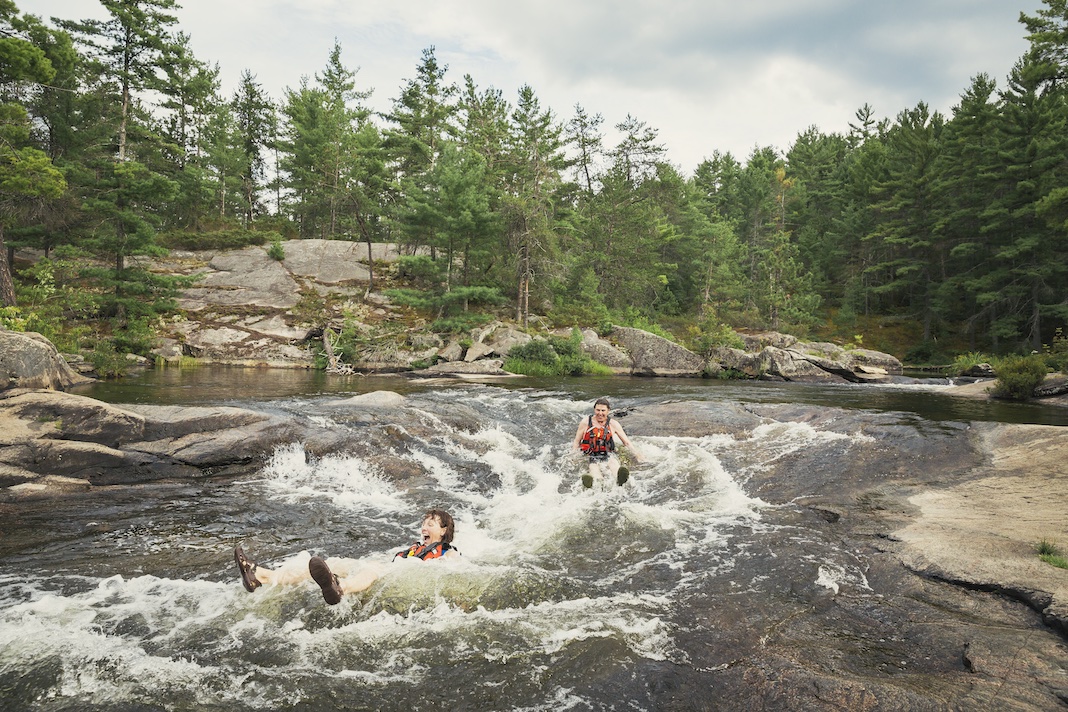
The final result
Everybody swears by wool socks. Beyond that, the ultimate footwear depends on your route and lies somewhere among these options—perhaps in a combination of all of them. Indeed, the ultimate footwear may just be more footwear. So, look for me in old runners, sandals or moccasins, a drysuit and my giant Neos Overboots. With an extra canoe pack dedicated to footwear, I’ll be either the laughingstock or the envy of my next family canoe trip—likely both. But I know my feet will be happy.
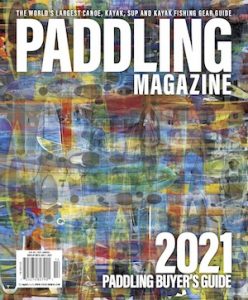
Finding your solemate is no easy task. | Feature photo: Mike Last


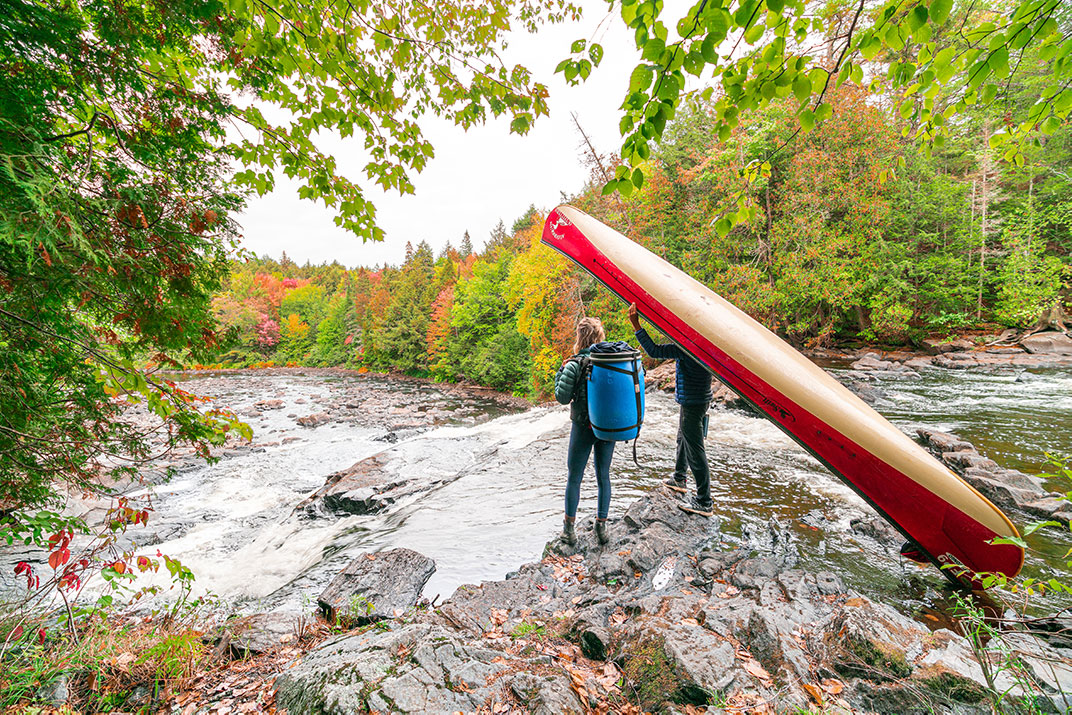
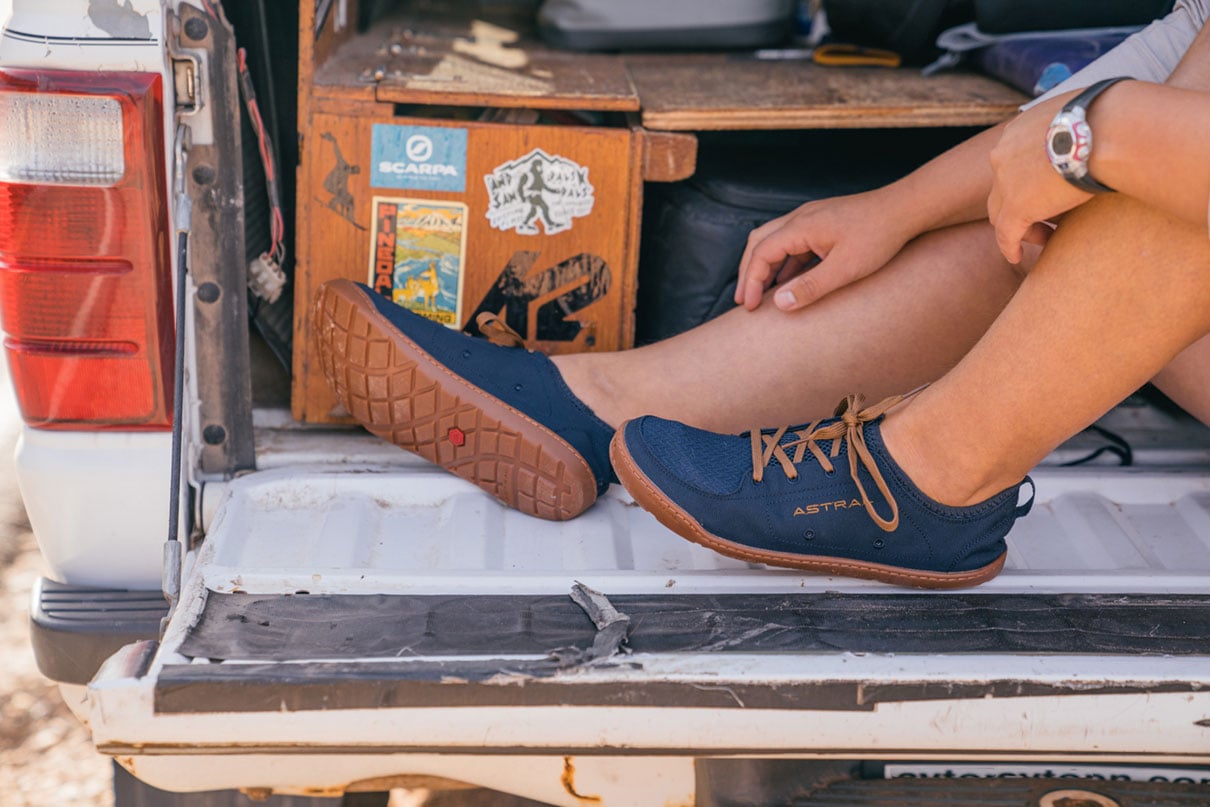
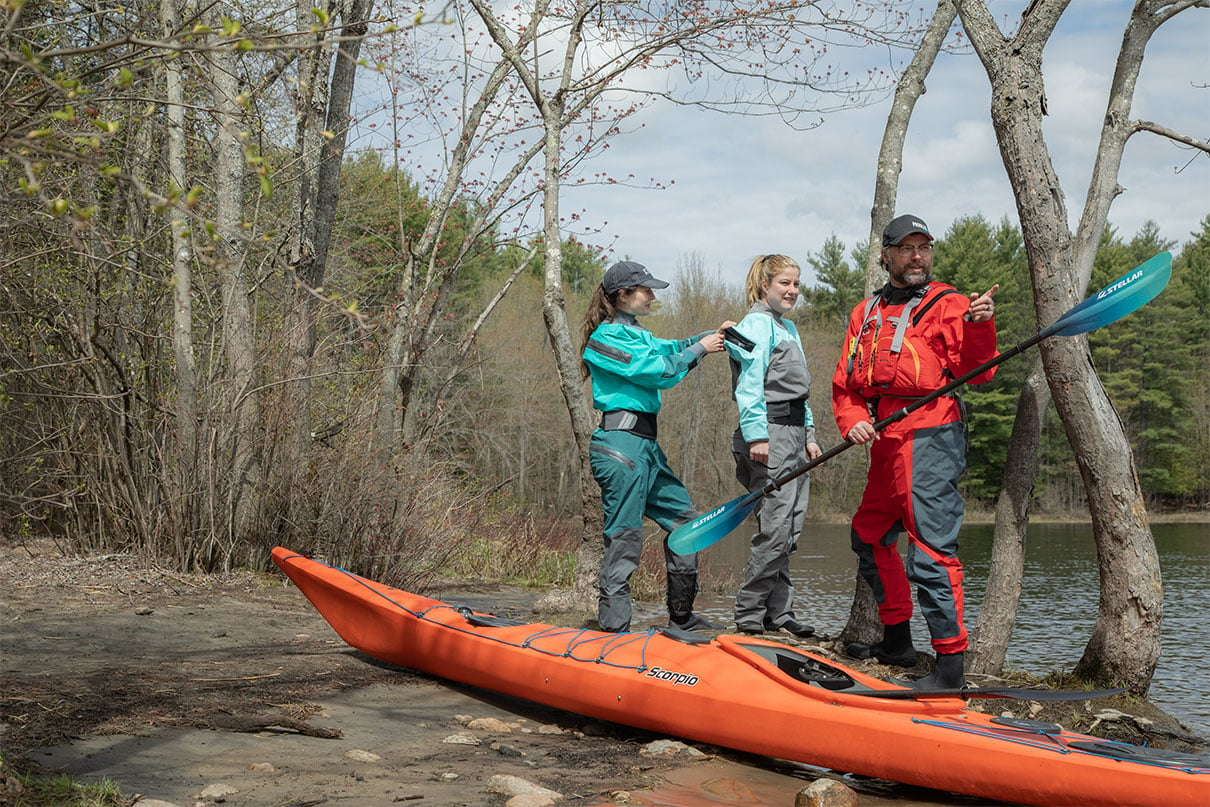


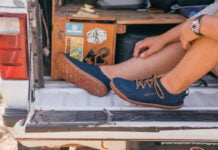
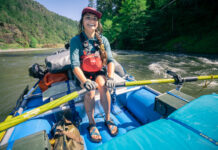
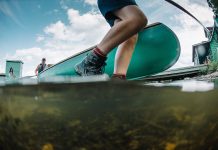

Thanks for the useful review! I have tried some of the options discussed and have landed on a dedicated water shoe from Astral – it has made a world of a difference for me. Best support (you can go on short hikes in them and they work well on portages), incredible grip (soles have small creases like a good winter tire that provide traction even on wet, snotty rocks) and very quick to drain and dry. The only thing I don’t like are the laces, which I see as an entanglement hazard.
I’m surprised there was no mention of Salomon Tech Amphibians. They were my go-to canoeing shoes for many years. Very quick drying and great soles.